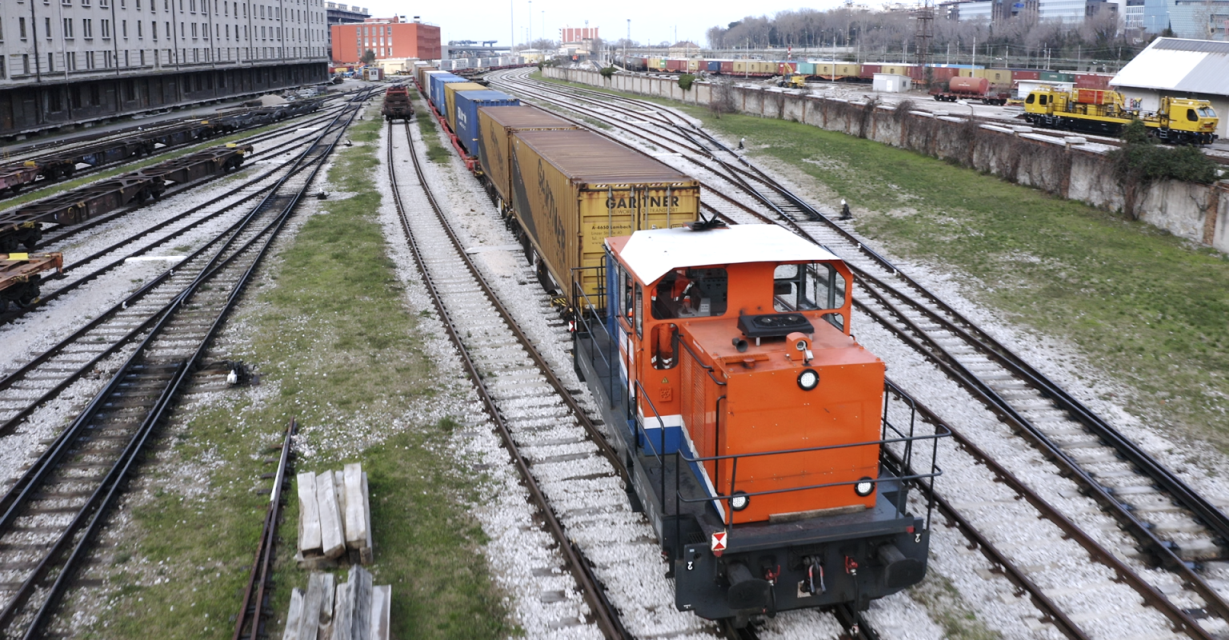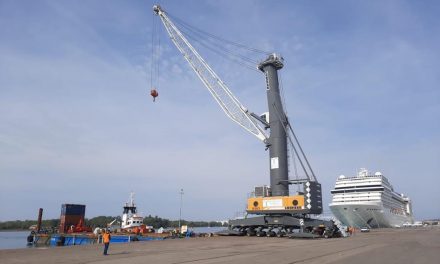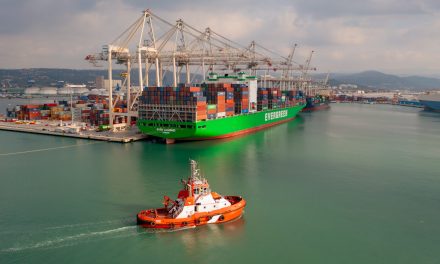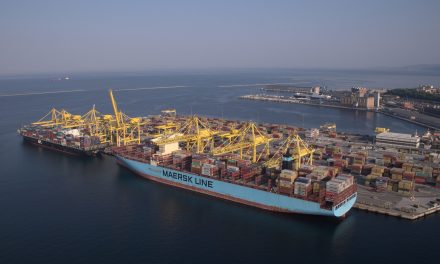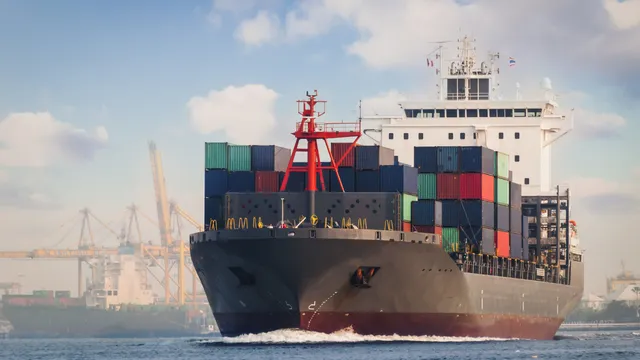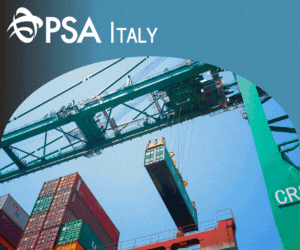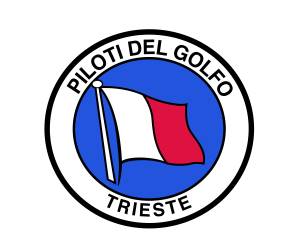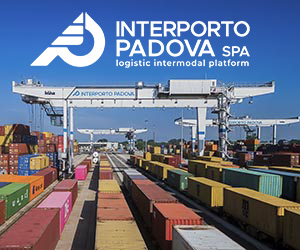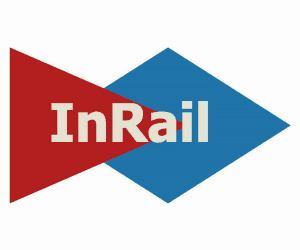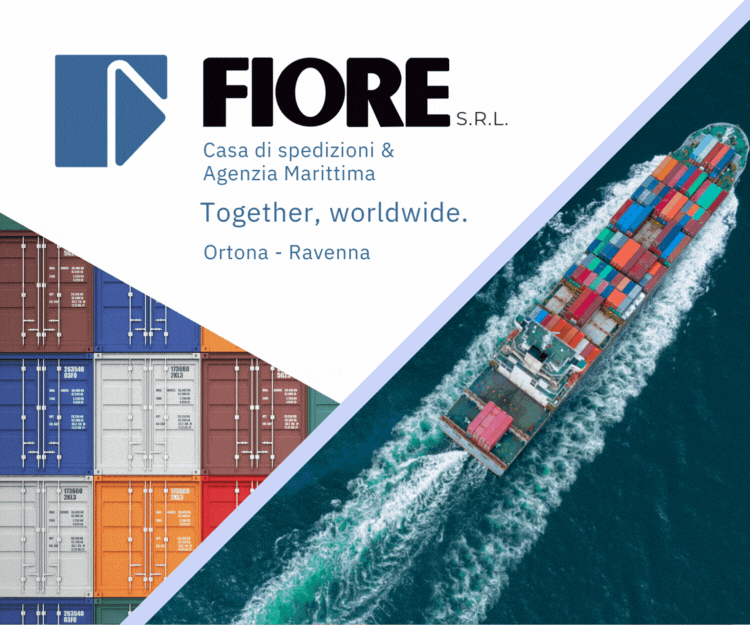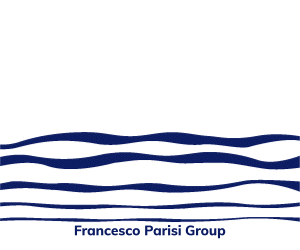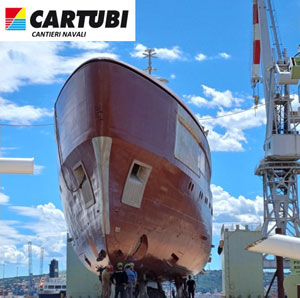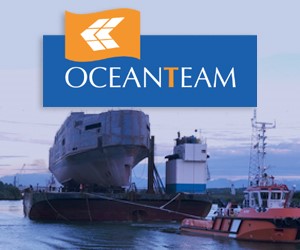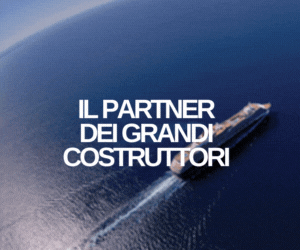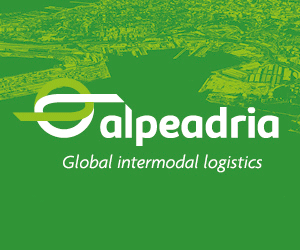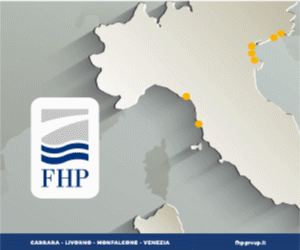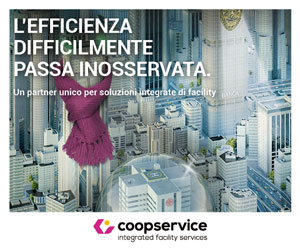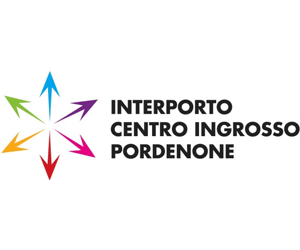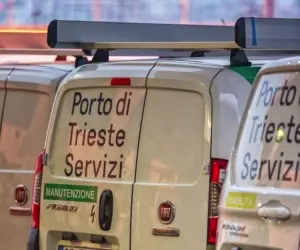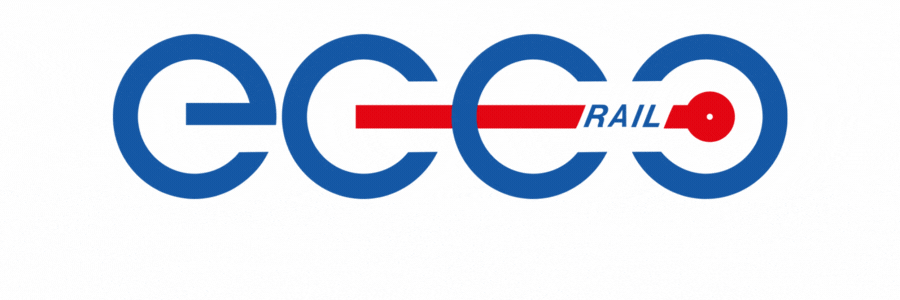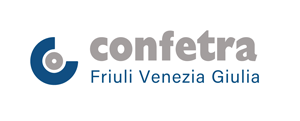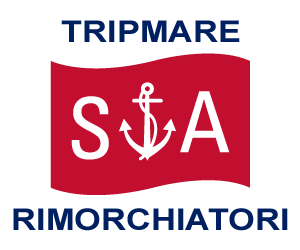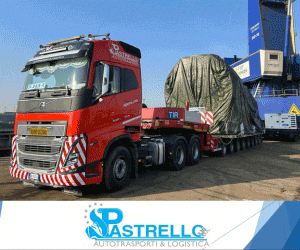TRIESTE – Italy’s rail freight sector marks another year of decline, as highlighted in the 2025 Fermerci Report, which points to a widespread drop across key indicators and renews concerns over network disruptions expected to continue until 2027.
Train-kilometers are down, port-bound and outbound freight convoys are decreasing, and last-mile terminal activity is shrinking. This is the critical picture outlined in the 3rd Annual Report on Rail Freight Transport, presented today by Fermerci at the Chamber of Deputies. The report, a key reference for analyzing the sector, stresses that operational difficulties are being compounded by ongoing infrastructure works under the NRRP (National Recovery and Resilience Plan), with completion not expected before 2027.
According to the report, rail freight traffic dropped by 5% between 2021 and 2024, while port-related rail movements fell by 6% over the same period. The sector is facing dual pressure: on one hand, the essential transformation of the rail network; on the other, the lack of effective tools to support operators during this transitional phase. “The industry needs regulatory certainty and immediate financial relief to withstand the wait for infrastructure upgrades,” said Clemente Carta, president of Fermerci. “Without these measures, we risk undermining the resilience of a sector that is crucial to the country’s logistics competitiveness.”
Fermerci also highlights some positive trends: the strengthening of the network, alignment with European standards, and improvements in train capacity. Nonetheless, the association stresses the need to make existing incentives (such as the ferrobonus and freight regulation incentives) structural and more robust, and to refinance the contribution scheme for the purchase of locomotives and freight wagons. According to the association, companies have already invested over 700 million euros, relying on public support that has yet to be delivered.



